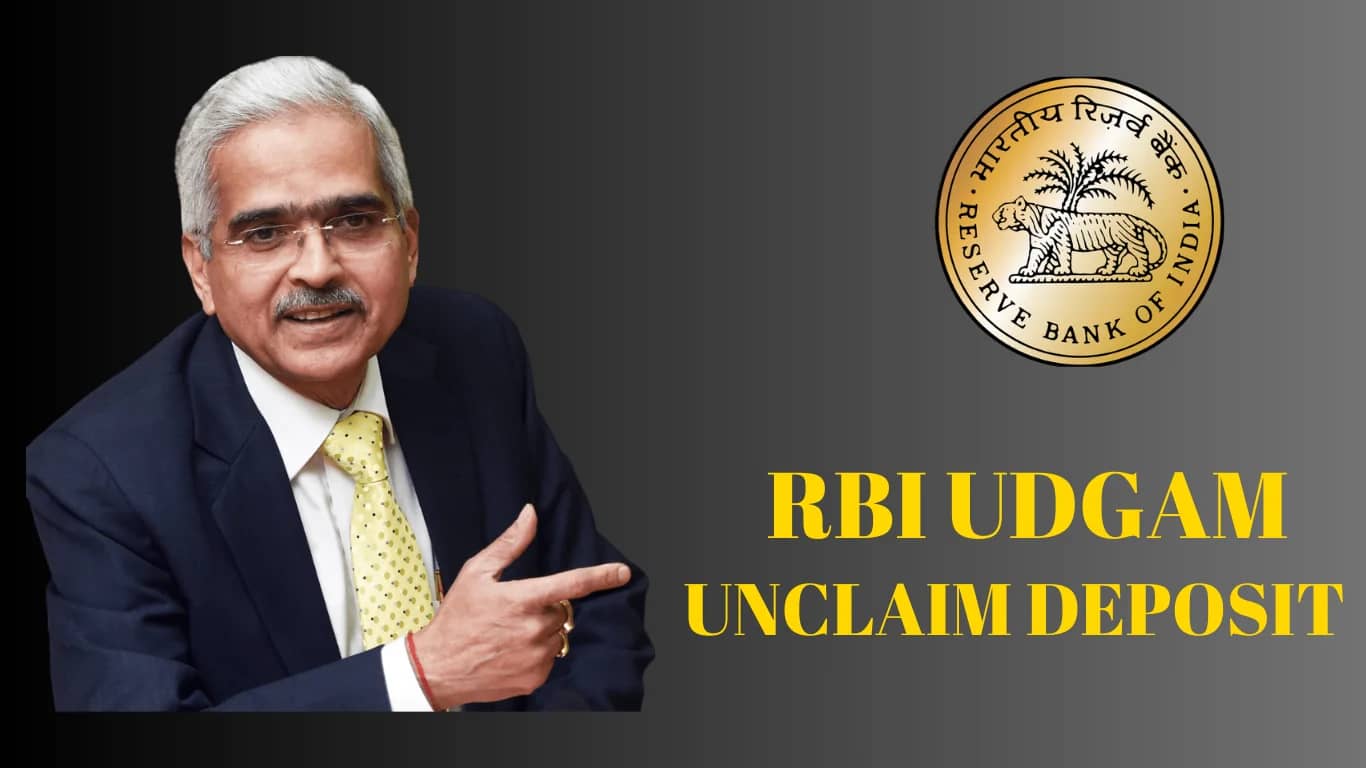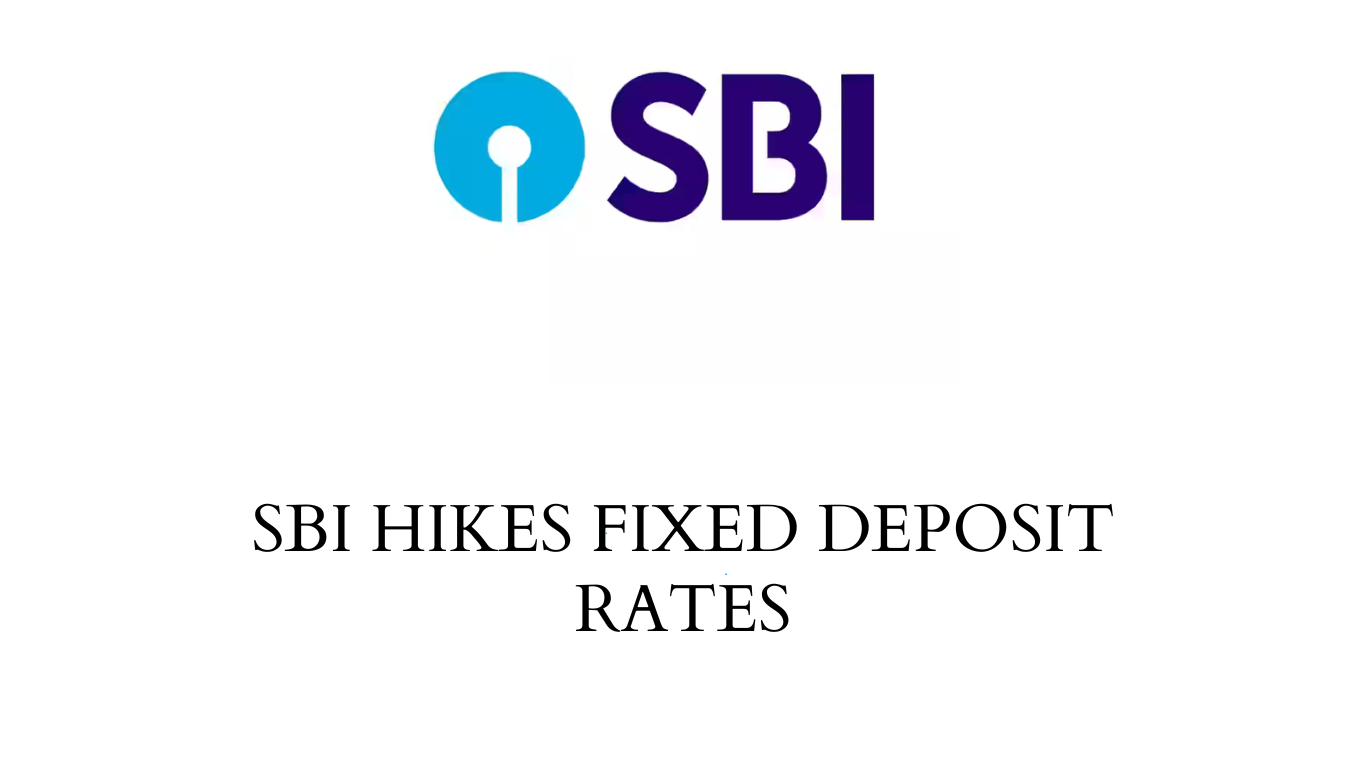Table of Contents
Unclaimed Bank Deposits
Do you ever have that nagging feeling you might have money stashed away somewhere, forgotten in the forgotten corners of your financial life? Well, for millions of Indians, that forgotten fortune could be sitting right under their noses – in unclaimed bank deposits. Yes, you read that right. Dormant accounts and unclaimed deposits are surprisingly common, amounting to a staggering ₹42,270 crore in total as of December 2023, according to information presented in Parliament! (Source: RBI Press Release)
Introduction of UDGAM:
That’s a mountain of money just waiting to be claimed, and the Reserve Bank of India (RBI) has launched a user-friendly portal called UDGAM to help you dig for your buried treasure. But navigating the world of unclaimed deposits can be daunting, so let’s equip you with all the tools and tricks you need to become a successful fortune hunter.
How UDGAM Can Open Your Vault:
- Simple and accessible: UDGAM is completely free and available online at udgam.rbi.org.in. Register with your mobile number and name, and the portal will search through a database of millions of unclaimed accounts across 30 participating banks. (Source: RBI UDGAM)
- Search by name and address: No account number needed! Just enter your name and any previous addresses linked to your bank accounts, and RBI UDGAM will do the legwork.
- Instant results: The portal displays any unclaimed deposits linked to your information, along with details like the bank, account type, and approximate amount.
- Claiming your treasure: Once you find a match, follow the instructions on UDGAM to initiate the claim process with the respective bank.
Beyond the Numbers: Hidden Gems in UDGAM:
- Awareness is key: While many know about RBI’s UDGAM, awareness levels remain low. Sharing this information with friends and family could help reunite them with their lost fortunes.
- It’s not just you: Don’t feel embarrassed if you find unclaimed deposits. Account closures due to job changes, forgotten accounts, or even name changes can lead to dormancy.
- Unveiling the unknown: UDGAM doesn’t just benefit individuals. Banks can leverage the portal to track down account holders and clear dormant accounts, improving their financial health.
What Other Blogs Keep Under Lock and Key:
- UDGAM isn’t the only tool: Banks also have their own mechanisms for identifying and notifying dormant accounts. Check your bank statements and online banking platforms for relevant information.
- Patience is a virtue: The claim process can take time, so be prepared to wait and follow up with the bank as needed.
- Consult if needed: If you face any difficulties navigating UDGAM or the claim process, seek help from the bank or financial advisors.
Claiming your unclaimed deposits isn’t just about adding to your bank balance; it’s about reclaiming financial control and closing loose ends. So, why not embark on your own treasure hunt with UDGAM? You never know what forgotten riches might be waiting for you!
Full form of UDGAM?
Unclaimed Deposits – Gateway to Access information (UDGAM).
What UDGAM do?
UDGAM is a central website launched by the Reserve Bank of India (RBI) in August 2023. It allows bank customers to search for and claim unclaimed bank deposits they may have in various banks across India.
Best way to claim unclaimed bank deposits in small towns in India: To use the UDGAM portal, you will need to create an account and provide some basic information, such as your name, date of birth, and PAN number. Once you have created an account, you can start searching for unclaimed deposits. You can search by your name, account number, or PAN number. If you find any unclaimed deposits, you can claim them by submitting the required documentation to the bank where the deposit is located.
The UDGAM portal is a valuable tool for bank customers who may have unclaimed deposits. It is easy to use and can help you track down and claim your money.
Remember:
- Share this blog post to spread awareness about UDGAM and help others unlock their own forgotten fortunes.
- Keep an eye out for updates and improvements to UDGAM, as the RBI continues to refine the platform.
- Happy treasure hunting!
- we can also go for Paytm’s ₹ 100 Crore Gamble to know the international remmitances.
Sources:
- RBI Press Release: https://www.fdic.gov/resources/resolutions/bank-failures/failed-bank-list/unclaimed-property-states.html
- RBI UDGAM Website: https://udgam.rbi.org.in/unclaimed-deposits



